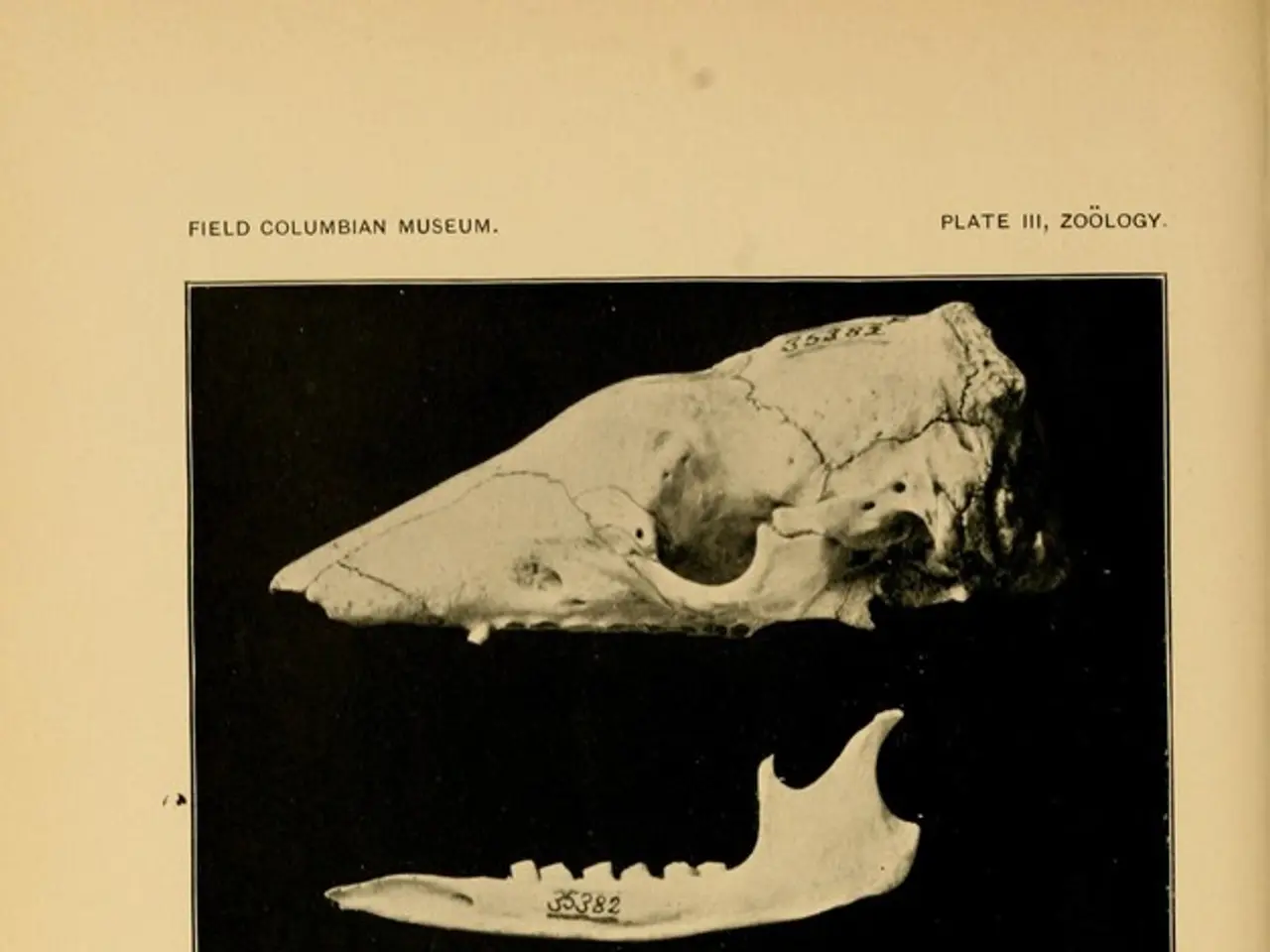Symptoms, reasons, detection methods, and solutions for cartilage injury
Articular cartilage damage, a common issue affecting weight-bearing joints like the knee, elbow, wrist, ankle, shoulder, and hip, can lead to inflammation, stiffness, and range limitation. Fortunately, a spectrum of non-surgical and surgical treatments is available, tailored to the severity and location of the lesion.
**Non-surgical/Conservative Treatments**
Physical therapy and lifestyle modifications play a crucial role in managing articular cartilage damage. Customized strengthening and range of motion exercises help maintain joint function, alleviate symptoms, and improve stability around the affected joint. Weight management, activity modification, and promotion of low-impact exercises like swimming or cycling reduce joint stress and may slow cartilage degeneration.
Pharmacological management involves the use of anti-inflammatory medications, corticosteroid injections, and viscosupplementation (e.g., hyaluronic acid injections) to reduce pain and inflammation, particularly for osteoarthritis-related cartilage damage.
**Injectable Regenerative Therapies**
Emerging regenerative treatments aim to restore cartilage. Stem cell injections, for instance, inject stem cells capable of differentiating into cartilage-producing cells (chondrocytes), while platelet-rich plasma (PRP) injections stimulate healing and provide symptomatic relief. Hyaluronic acid is primarily used for symptom relief and to improve joint lubrication.
**Surgical Treatments**
Microfracture and bone marrow stimulation techniques encourage growth of repair tissue in cartilage defects by creating small fractures in the underlying bone to stimulate marrow stem cell migration. Autologous Matrix-Induced Chondrogenesis (AMIC) combines microfracture with a collagen membrane scaffold to enhance cartilage regeneration. Matrix-Induced Autologous Chondrocyte Implantation (MACI) is a two-step procedure where healthy chondrocytes are harvested, cultured, and later implanted into the cartilage defect using a collagen membrane.
Arthroscopic procedures, such as chondroplasty to smooth damaged cartilage or perform microfracture, are minimally invasive surgeries used in various joints, including the knee and hip. Hip arthroscopy is specifically for hip cartilage injuries, enabling cartilage repair or removal of damaged tissue.
In cases of severe cartilage damage and osteoarthritis, total joint arthroplasty (replacement) is considered the definitive treatment after failure of conservative management.
While many of these approaches are well established for the knee, similar principles apply to other joints, adjusted for joint-specific anatomy and function. Regenerative injections and arthroscopic cartilage restoration techniques are increasingly used in these joints, while joint replacement is an option mainly for the hip and shoulder when damage is advanced.
This multi-modal approach allows for tailored treatment depending on the joint involved, severity of cartilage damage, patient activity level, and age. It's essential to consult with a healthcare professional for a personalised treatment plan.
Articular cartilage damage can also affect non-weight-bearing joints, causing symptoms like pain and stiffness. However, these conditions often differ from those occurring in weight-bearing joints. for instance, ulcerative colitis and psoriatic arthritis are inflammatory medical-conditions that can manifest in the spine and peripheral joints, leading to multiple joint involvement, atopic dermatitis, a type of eczema, can sometimes present rashes on the skin, while dermatitis, sclerosis, and psoriasis are skin conditions that may require specific dermatological treatments. In certain cases, medication-related side effects like HIV medications could potentially impact health-and-wellness by causing conditions such as multiple sclerosis. Science continues to explore predictive models for these medical conditions to improve diagnosis, treatment, and overall health outcomes.




